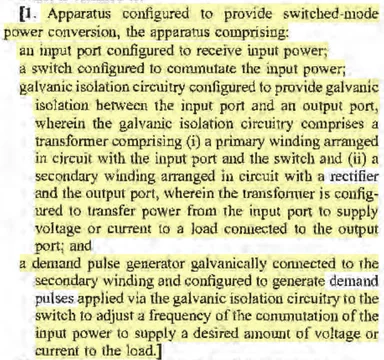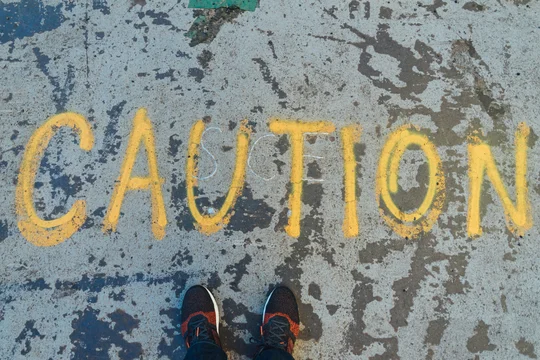In a new standing order today, Judge Connolly announced a new procedure for SJ motions in patent cases. Going forward, he will require parties in all patent cases (current and future) to rank their summary judgment motions, and if any motion is denied, he will generally deny all lower-ranked motions as well:
1. A party that files more than one summary judgment motion shall number each motion to make clear the order the party wishes the Court to consider the motions in question. The first motion the party wishes the Court to consider shall be designated #1, the second motion shall be designated #2, and so on.
2. The Court will review the party’s summary judgment motions in the order designated by the party. If the Court decides to deny a motion filed by the party, barring exceptional reasons determined sua sponte by the Court, the Court will not review any further summary judgment motions filed by the party.
He instituted this procedure in response to the number of SJ motions—including meritless ones—that he has seen filed in patent cases. He noted that six or more motions is not unusual, and that his current procedures have not been sufficient to deter the filing of excess motions.

Judge Connolly notes that he also considered other methods of limiting the number of motions, such as limiting the number of SJ motions or requiring letter briefs asking for permission to file an SJ motion (Judge Sleet's former practice). But he ultimately decided to try a new procedure to preserve the benefits of SJ motions while also taking steps to relieve the burden on the Court.
He paraphrased a former District of Delaware judge about just how low the chances of summary judgment in a patent case ought to be :
A wise judge who once sat on this Court was fond of saying that winning summary judgment in a patent case is like hitting a hole in one.[1]
[Fn. 1] According to the Professional Golfers’ Association of America, the odds of hitting a hole in one are 12,500 to 1.
It's important to note that this new procedure applies to current Judge Connolly cases as well, and standing orders generally do not show up on the dockets. So don't forget to take this into account and rank your SJ motions if you have a Judge Connolly case!
So, why do parties in patent cases bring so many motions?
I think most D. Del. practitioners would agree with Judge Connolly that bringing multiple SJ motions is more or less standard practice in patent cases (especially competitor cases). It's rare for the case dispositive motions deadline to come around in a highly contested case without either party filing anything.
It's not hard to see why. According to the most recent Docket Navigator numbers, the average grant rate for an SJ motion in a patent case in D. Del. is around 28%. Meanwhile, patent cases often involve hundreds of millions of dollars (or more) in possible damages.
Doing the math, I expect some attorneys will still have a tough time arguing against bringing a meritorious SJ motion that will fit in the page or word limits—even if there is a chance it could be disregarded. So it will be interesting to see how this new practice plays out.
If you enjoyed this post, consider subscribing to receive free e-mail updates about new posts.




